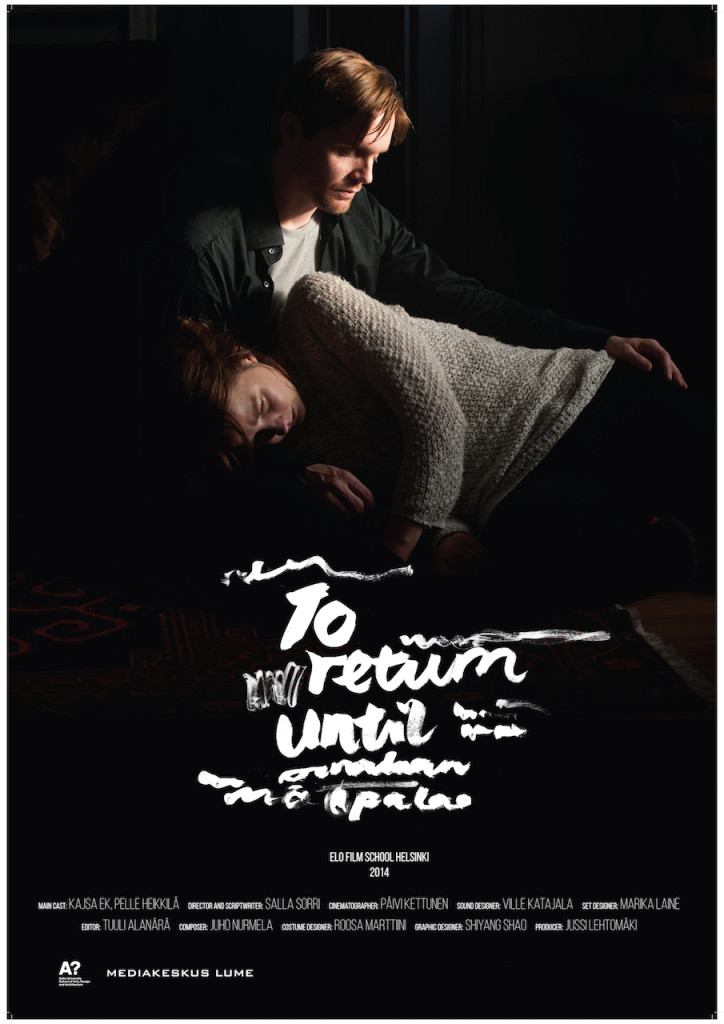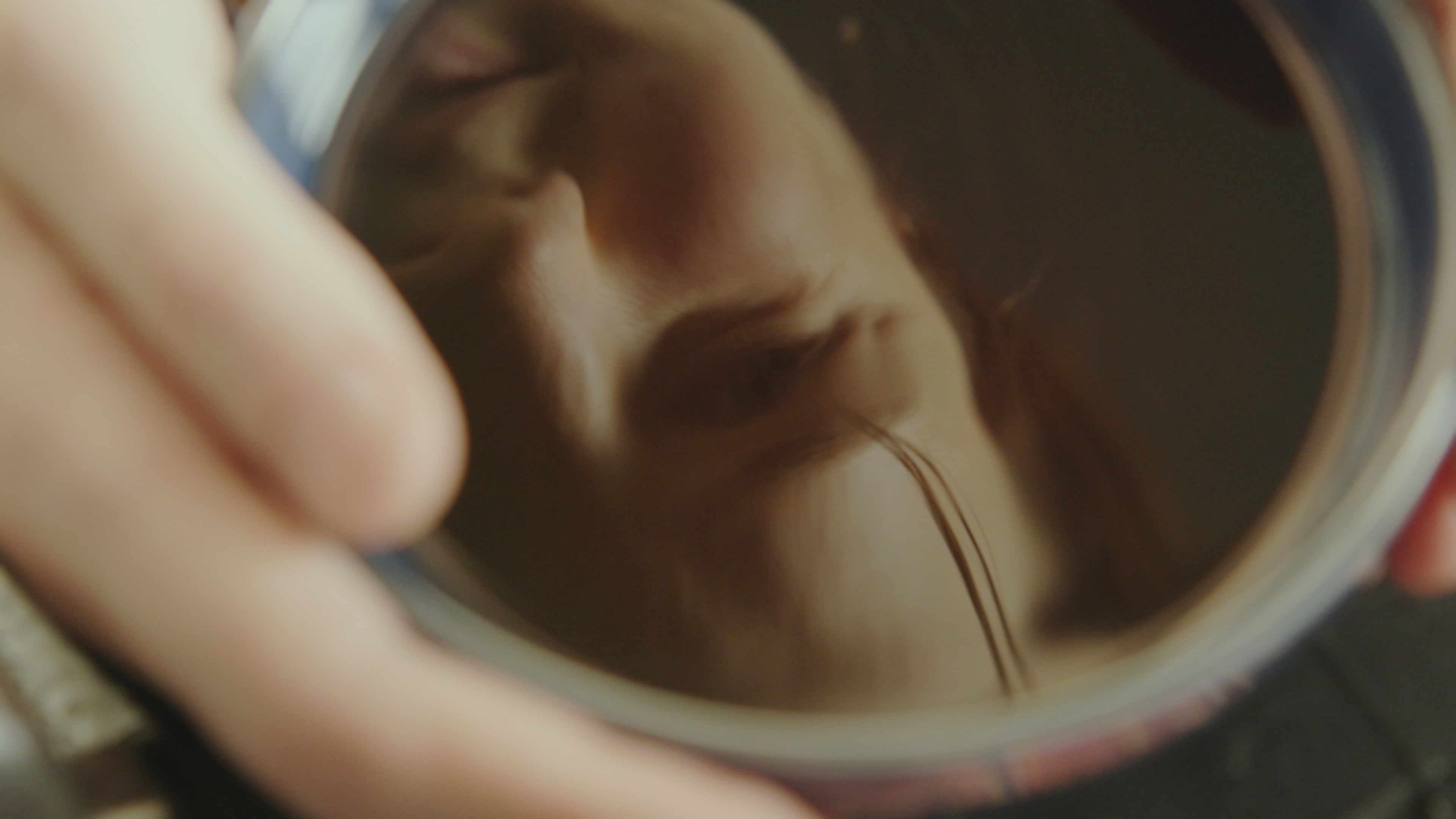Director Salla Sorri
Cinéfondation, Festival de Cannes 2015
“Ainahan Ne Palaa explores the grey areas of domestic violence.”- director, Salla Sorri

GFM:
As a student film, this is quite a provocative subject choice and the film does not shy away from escalating the drama quickly. What was your interest in exploring an abusive relationship and setting up this power dynamic between the two characters?
Salla:
My training is actually as a documentary filmmaker, not a fiction filmmaker. Ainahan Ne Palaa was my graduation project for the Aalto University documentary department. In the preliminary stages of creating the film I gathered interviews with people and heard their real experiences. My first idea was to have them reenact their own stories. I soon realized that wasn’t going to work. Realistically I couldn’t reveal their identities as it would make them vulnerable to the situations they have previously faced.
So I squeezed the elements/mechanisms that I felt kept repeating in the stories into one moment. It’s not really a story of one person, but a combination of elements from several stories.
GFM:
The film gives the experience of a full cycle in a relationship with some level of domestic abuse, from being together, to breaking up, to getting back together. Can you share your thoughts on the structure of the story?
Salla:
Actually the name of the film in Finnish reveals a lot more about the structure than the English translation. In Finnish, Ainahan Ne Palaa means ‘they always return’. It’s a sentence from the film, when a man is reading a sarcastic comment his wife had heard on the bus about women or men that are being abused at home, that they always return anyway. This was quite a big question when I started. Why do they return? There has to be something. Why do people continue to be in relationships that are painful? I wanted to show that in the structure.
GFM:
Some of the scenes in the film must have been very intense for the actors. How did you go about creating the environment for them to act out these scenes?
Salla:
We were a really small team, and half of us were documentary directors. Before the film, Kaisa Ek and I spent three days just talking about what kind of physical and psychological moments should be shown. I told her some bits from the stories I had heard, and we worked pretty intensively on that. Pelle Heikkilä and I spent less time talking, but from the way he commented on the script, I was confident that he understood the dynamics of the story.
We only rehearsed for one day with both actors present. The bottom line was that there are two people; one who tries to fight off this threat from their partner, and the other is fighting against these powerful feelings of aggression. The actors also gave their input while shooting, and they adjusted dialogue or movements to make it feel more authentic.

GFM:
You’ve directed and produced several short films prior to Ainahan Ne Palaa. What are your thoughts on the short film format, and what role does it play in your career?
Salla:
I think for a filmmaker first starting out, you often have to start with short films. It’s also a really challenging format; it´s a challenge to make it both simple, yet complex and open enough to respect the viewer. I prefer leaving the message open for interpretation rather than offering a concrete message.
GFM:
There is a strong Nordic presence at the festival this year with Joachim Trier’s Louder Than Bombs competing for the Palme d’Or, Danish student filmmaker Sofie Kampmark’s short also being chosen and of course, yours. What was your reaction to the film being selected for the Cannes Cinefondation competition?
Salla:
It was a surprise, because I didn’t know the film was sent from my University until after I was invited. Of course I was really happy and proud of my team.
